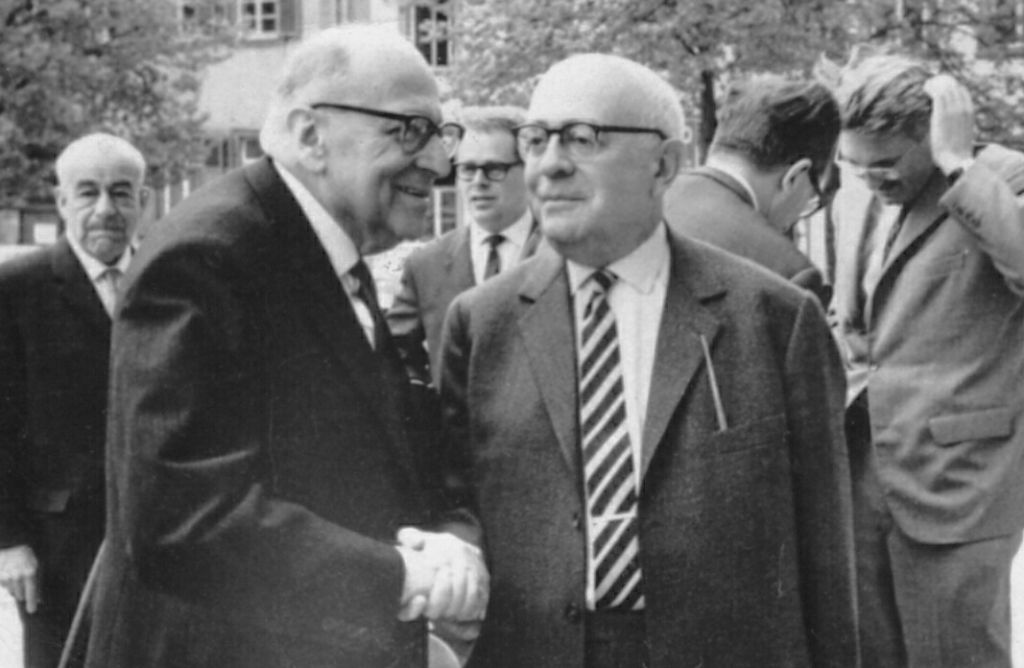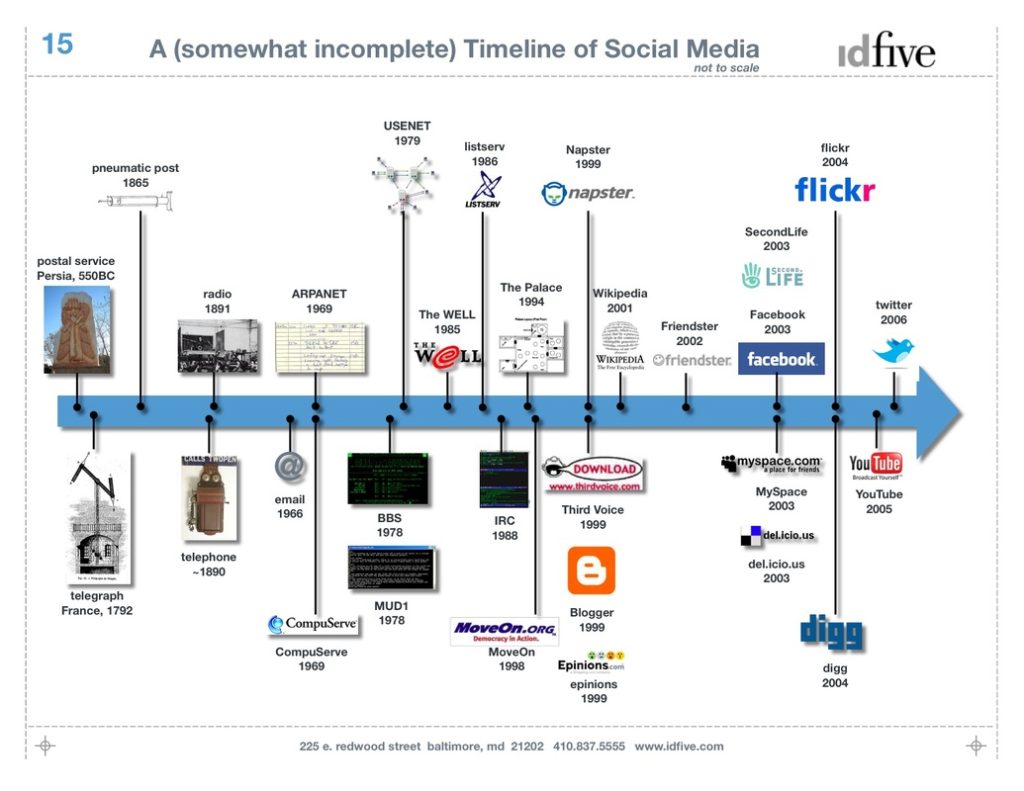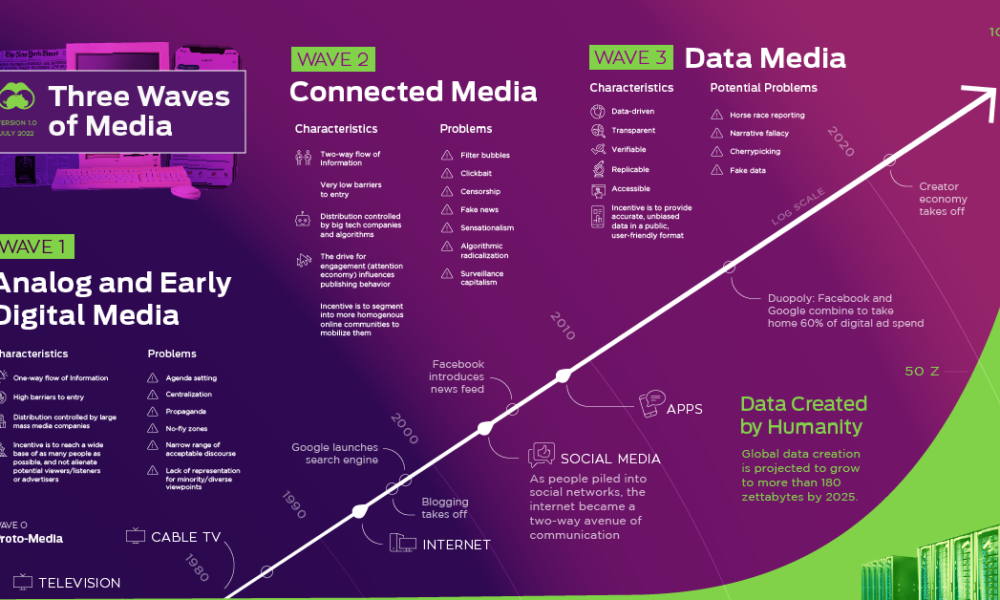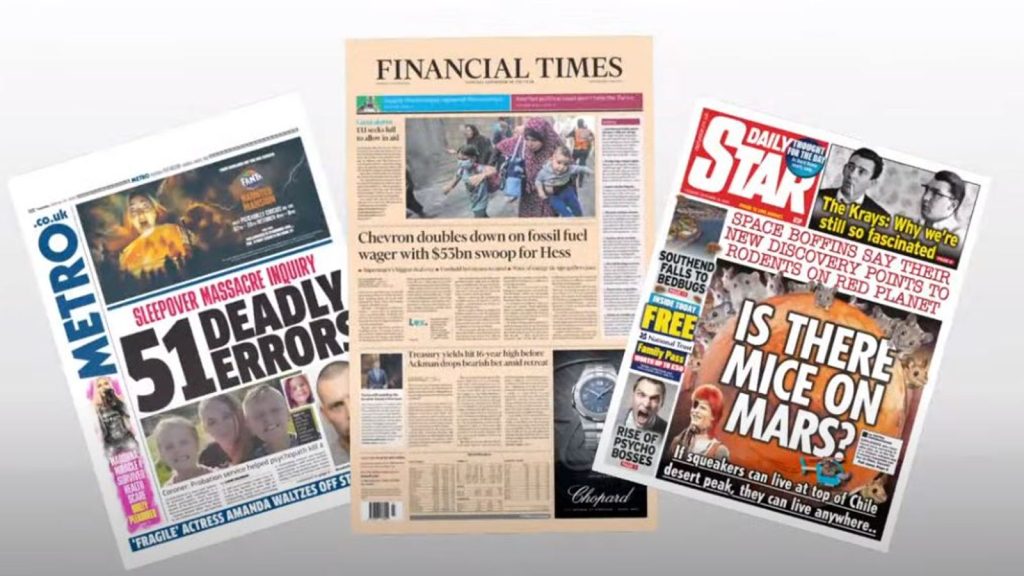
Introduction
вАЭCultural industry is a concept first used by Adorno and Horkheimer in their book Dialectic of Enlightenment (1947). They particularly emphasized that “the cultural industry must be strictly distinguished from popular culture. The cultural industry melts old and familiar things into a new quality; in its various branches, those products suitable for mass consumption, those products that are suitable for mass consumption to a large extent The products that determine the characteristics of consumption are produced more or less according to plans. Certain branches have the same structure, or at least are interconnected, and they are placed in a system with almost no differences. It is through technology that All this is possible only through the centralization of means and economic and management.”
The large-scale development of the cultural industry has made the commodity attributes of aesthetics obvious, and enabled aesthetic production and consumption to show a scale effect. Cultural industry, a term coined at the beginning of the twentieth century. It originally appeared in the book Dialectic of Enlightenment by Horkheimer and Adorno. Its English name is Culture Industry, which can be translated as cultural industry or cultural industry.
The cultural industry, as a special cultural form and a special economic form, affects people’s understanding of the essence of the cultural industry. Different countries have different understandings of the cultural industry from different perspectives. UNESCOвАЩs definition of cultural industries is as follows: Cultural industries are a series of activities that produce, reproduce, store and distribute cultural products and services in accordance with industrial standards. It is defined from the perspective of industrial standardized production, circulation, distribution, consumption and re-consumption of cultural products.
The cultural industry is the main activity of producing and providing spiritual products to meet people’s cultural needs. It refers to the creation and sales of cultural significance itself. In a narrow sense, it includes literary and artistic creation, music creation, photography, dance, industrial design and architectural design.вАЬ
Digital media affects cultural industries
The continuous progress of science and technology has provided a new situation for the development of media. Take social media such as Douyin as an example. These new cultural communication platforms can spread culture as much as possible, and their influence continues to increase. Unlike any media medium in the past, today’s digital media can publish and disseminate one’s own culture on an individual basis, without the need for cumbersome layers of procedures, and without worrying about timeliness and geographical issues. In other words, in this era, every individual has the opportunity to become the focus of a certain region/country or even the whole world in a short period of time. Digital media, a new form of media, is different from traditional media in that its spread speed and scope will be wider, and its potential collateral value is much higher than traditional media. Digital media can better drive the continuous development of the cultural industry. However, being closer to the people means that it is more difficult to control various possible impacts, and negative phenomena such as rumors may occur. This requires people to keep a clear head and prevent being manipulated.
New VS Traditional
The emergence of digital media has further reported more and more truths that are not made public, giving each story a platform to report. At the same time, it can ensure the authenticity and fairness of the news to a certain extent. Combined with the appeal of the masses, it can generate positive news. Impact. This avoids the phenomenon of mainstream media being manipulated in some areas in the past, causing people to blindly follow the trend.
The development of the cultural industry encompasses many aspects, and digital media can undoubtedly combine multiple aspects to maximize the value of all aspects. This is also the significance of the continuous development of media. So what impact will the continued development of digital media have on the cultural industry? This is another new question. At least for now, it seems that the benefits outweigh the disadvantages.
еПВиАГ
Culture industry (2023) Wikipedia. Available at: https://en.wikipedia.org/wiki/Culture_industry (Accessed: 24 October 2023).
(2022) Culture Industry explained simply (Adorno and Horkheimer). Available at: https://culturalstudiesnow.blogspot.com/2017/10/culture-industry-explained-simply.html (Accessed: 24 October 2023).
Bolin, G. (2011). Value and the Media: Cultural Production and Consumption in Digital Markets (1st ed.). Routledge. https://doi.org/10.4324/9781315548500
Adorno, T. {1998) Frankfurt School: The Culture Industry: Enlightenment as Mass Deception. Available at: https://www.marxists.org/reference/archive/adorno/1944/culture-industry.htm (Accessed: 24 October 2023).








For this article, my point is that the cultural industry has a very big impact on the world. Because of the birth of the cultural industry, the people have more channels to understand anything that happens in the world and avoid the problem of information closure. If the cultural industry does not affect the world, then people will not be able to understand the current situation in time because of the problem of information closure, which will bring a lot of inconvenience to daily life.
The concept of the cultural industry, initially introduced by Adorno and Horkheimer in their book “Dialectic of Enlightenment,” has evolved significantly in the digital age. The cultural industry, distinct from popular culture, focuses on mass production and distribution of cultural products. In the 21st century, digital media, exemplified by platforms like Douyin, has amplified the dissemination of culture, providing opportunities for individuals to share their stories globally. This unprecedented reach, however, comes with challenges like misinformation. Nevertheless, digital media’s potential to uncover hidden truths and promote authentic and fair news suggests that its impact on the cultural industry is overwhelmingly positive, maximising the value of cultural production. The evolving relationship between digital media and the cultural industry is an ongoing and fascinating topic worth exploring.
I couldn’t agree with you more, and I also feel that the continued growth of digital media has done more good than harm. Digital media will allow people to understand things more quickly and directly, which is very important.